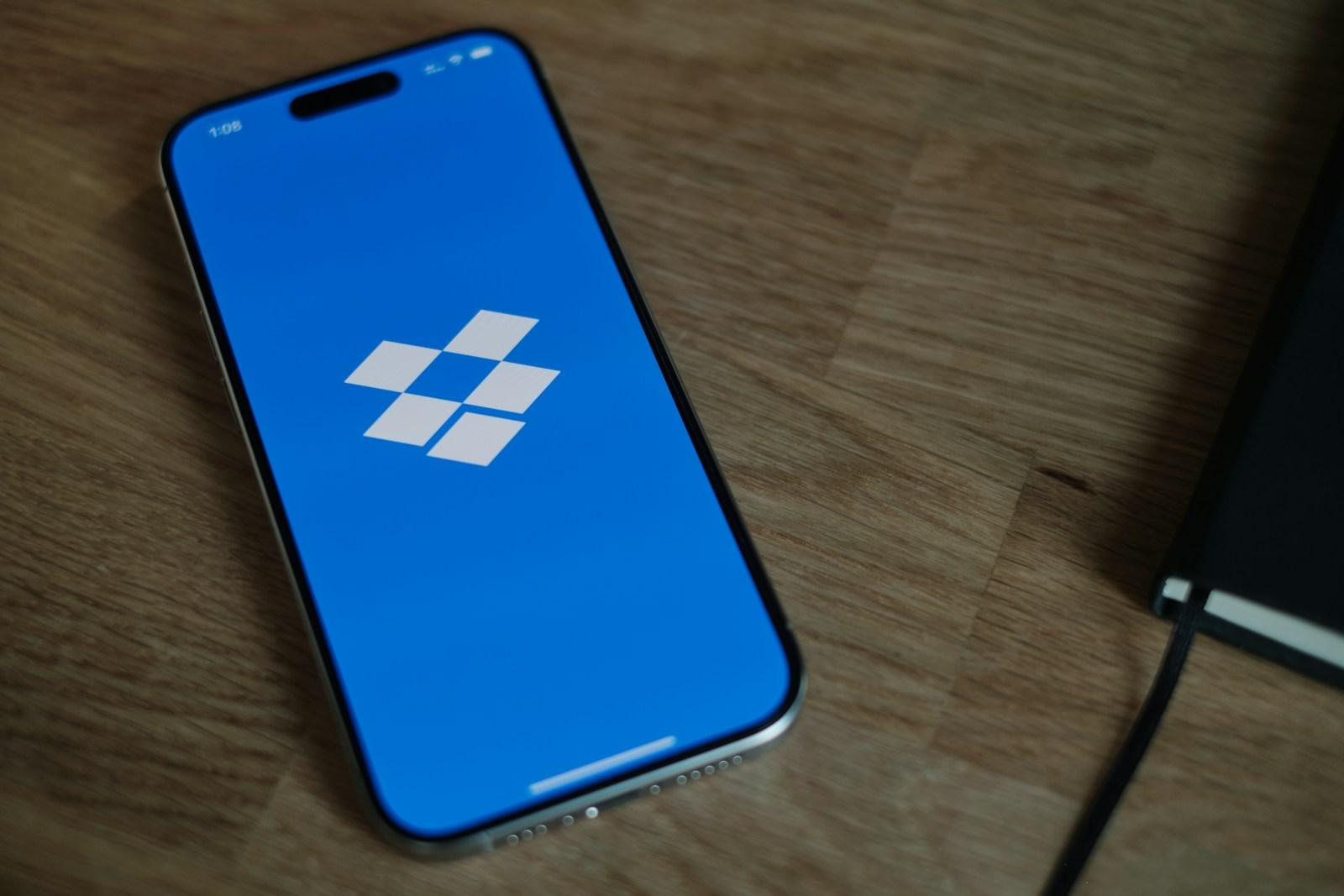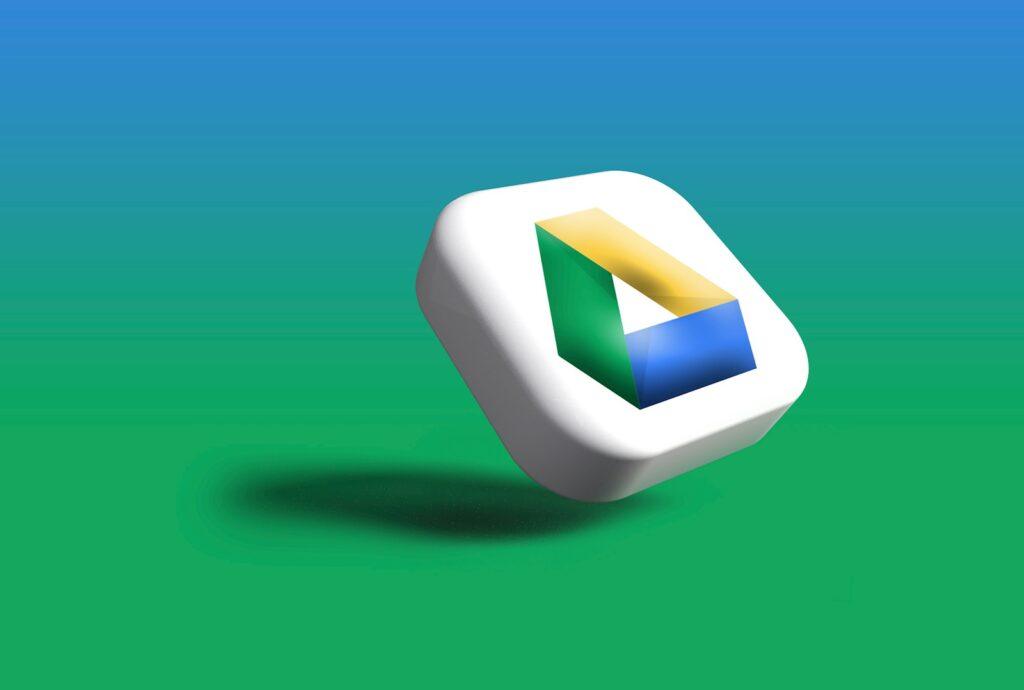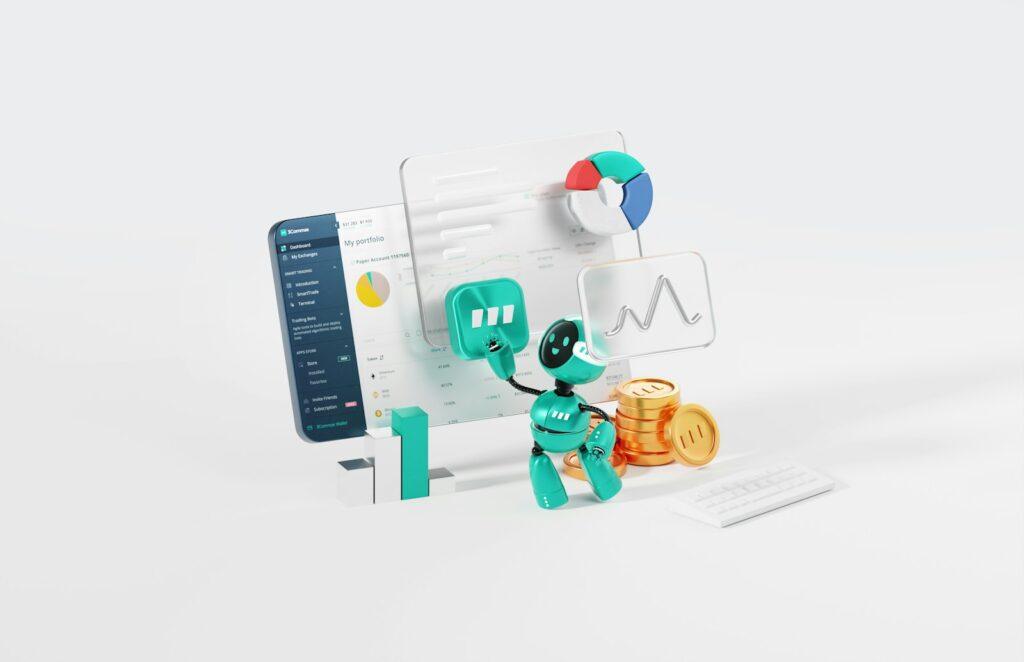
Dropbox vs Google Drive: Which Cloud Storage Solution Is Right for You in 2025?
In the ever-expanding digital universe, cloud storage has become an essential service for both individuals and businesses. Two titans continue to dominate this space: Dropbox and Google Drive. As we navigate through 2025, both platforms have evolved significantly, offering unique features and pricing structures that cater to different needs. Let’s explore how these cloud storage giants compare today and which might be the better choice for your specific requirements.

The Storage Battlefield: Free and Paid Options
The most immediate difference between these services remains their free storage offerings. Google Drive continues to provide a generous 15GB of free storage, though this allocation is shared across Gmail, Google Photos, and other Google services. Dropbox, meanwhile, offers a more modest 2GB on its free Basic plan, with the possibility to expand to 16GB through referrals.
When it comes to paid plans, Google Drive maintains its position as the more budget-friendly option. Its Basic plan starts at just $1.99 per month for 100GB, while its Premium plan offers 2TB for $9.99 monthly or $99.99 annually. Google has also introduced an AI Premium tier at $19.99 monthly that includes the same 2TB storage but with enhanced AI capabilities.
Dropbox’s pricing structure skews higher, with its Plus plan offering 2TB at $11.99 monthly (or $9.99 when billed annually). For those needing more space, the Essentials plan provides 3TB at $22 monthly ($18 billed yearly). Business users can access plans starting at 9TB for three or more users at $24 per user monthly.

Syncing Technology: Speed and Efficiency
One area where Dropbox maintains a clear advantage is in its syncing technology. Dropbox utilizes block-level syncing, which means only the changed portions of files are uploaded during updates. This results in significantly faster synchronization for large files compared to Google Drive, which requires re-uploading entire files after changes.
For creative professionals working with large media files, this difference can be substantial. Video editors, photographers, and graphic designers often find Dropbox’s syncing efficiency invaluable for their workflow, especially when collaborating on projects with tight deadlines.
Integration and Ecosystem
Google Drive’s seamless integration with Google Workspace applications remains one of its strongest selling points. For users already embedded in the Google ecosystem, the ability to create, edit, and collaborate on Docs, Sheets, and Slides directly within Drive offers unparalleled convenience.
Dropbox has responded by expanding its third-party integrations and developing its own collaborative tools. Dropbox Paper provides document creation capabilities, while Dropbox Replay offers specialized tools for media collaboration. The platform also maintains strong integration with Microsoft Office and numerous other productivity applications.
A notable technical advantage for Dropbox is its official Linux support. While Google Drive lacks an official Linux client, Dropbox offers full functionality for Linux users, making it the preferred choice for developers and tech-savvy individuals working across multiple operating systems.
Security and Sharing Features
Both platforms offer robust security measures, including 256-bit encryption and two-factor authentication. However, Dropbox edges ahead in sharing security features, particularly on paid plans.
Dropbox allows users to create password-protected links with expiration dates, providing an additional layer of security when sharing sensitive information. Google Drive, while offering comprehensive permission management, lacks built-in password protection for shared links.
For file recovery and version history, Google Drive offers unlimited version history for Google Workspace files and 30 days or 100 versions for non-Google files. Dropbox’s version history varies by plan: 30 days for Basic and Plus users, 180 days for Professional and business tiers, and up to 365 days for higher-tier business plans.
User Experience and Interface

Google Drive generally receives higher marks for ease of use, particularly for newcomers. Its interface is intuitive, and its powerful search capabilities extend to the content within documents and even images, thanks to Google’s AI technology.
Dropbox offers a clean, minimalist interface that many users appreciate for its simplicity. Its desktop application integrates seamlessly with file explorers on Windows, macOS, and Linux, making it feel like a natural extension of your computer’s storage system.
Business and Team Features
For business users, both platforms offer compelling team-oriented features. Google Drive’s business plans start at $6 monthly per user for the Starter plan with 30GB storage, though most businesses opt for the Standard ($12) or Plus ($18) plans with 2TB and 5TB per user, respectively.
Dropbox’s business offerings begin at $24 per user monthly for the Standard plan with 9TB shared storage for three or more users. The Business Plus plan at $32 per user monthly includes 15TB of storage and enhanced security features.
Teams that heavily utilize Google’s productivity suite will naturally gravitate toward Google Drive, while those requiring faster syncing for large files or working with multimedia content often prefer Dropbox.
Performance Comparison Table
| Feature | Google Drive | Dropbox |
|---|---|---|
| Free Storage | 15GB (shared across Google services) | 2GB (expandable to 16GB with referrals) |
| Entry Paid Plan | $1.99/month for 100GB | $11.99/month for 2TB |
| Block-Level Sync | No | Yes |
| Linux Support | No official client | Yes |
| Password-Protected Links | No | Yes |
| Max Upload Size | 5TB per file | 2TB (desktop), 375GB (web) |
| Office Integration | Primary Google Workspace, limited Microsoft Office | Strong Microsoft Office and Google Workspace |
Making the Right Choice
The decision between Google Drive and Dropbox ultimately depends on your specific needs and existing workflow. Consider Google Drive if:
- You’re budget-conscious and need a generous free storage option
- You regularly work with Google Workspace applications
- You value powerful search capabilities within your stored content
- You need affordable storage options for personal use
Dropbox might be the better choice if:
- You frequently work with large files that require efficient syncing
- You need advanced sharing security features like password protection
- You use Linux as your primary operating system
- You work with multimedia files and need specialized collaboration tools
Many professionals find value in using both services strategically, leveraging Google Drive for document collaboration and Dropbox for media asset management. As cloud storage becomes increasingly specialized, this hybrid approach allows users to benefit from the strengths of each platform.
As we move through 2025, both services continue to evolve, with Google emphasizing AI integration and Dropbox focusing on creative collaboration tools. Whichever you choose, both platforms offer reliable, secure cloud storage solutions that have stood the test of time in an increasingly competitive market.
